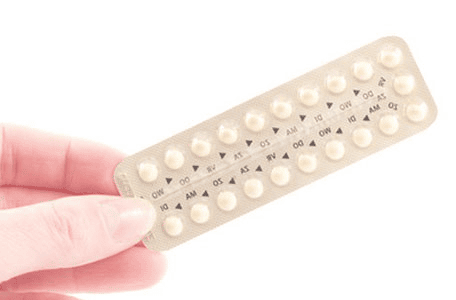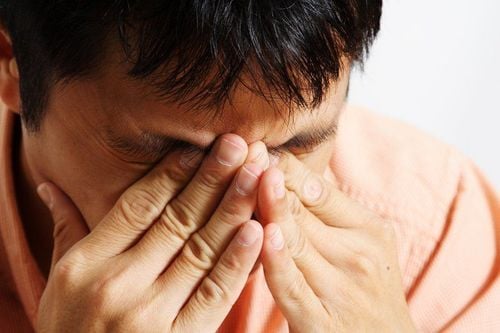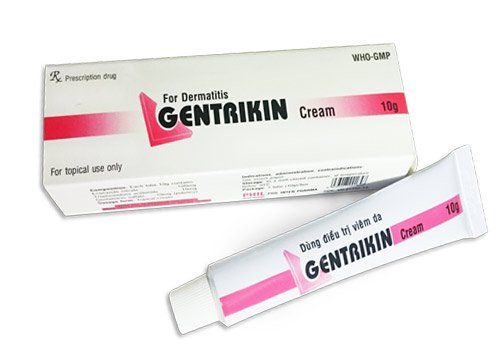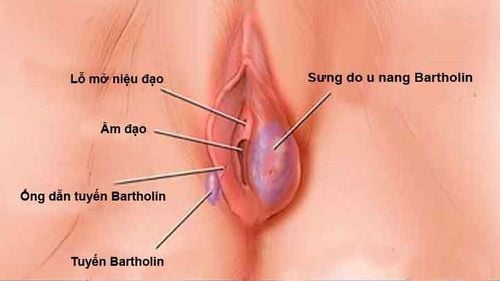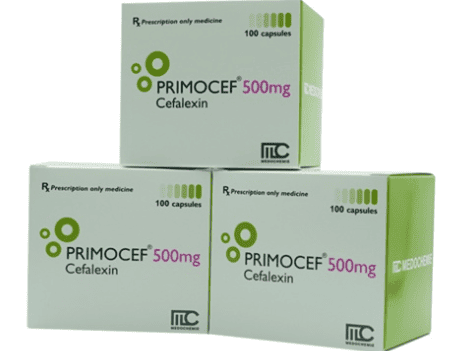This is an automatically translated article.
The article is professionally consulted by Master, Doctor Phan Ngoc Toan - Resuscitation - Emergency Doctor - Emergency Department - Vinmec Danang International HospitalMolluscum contagiosum is a sexually transmitted infection. This is a fairly common disease in both men and women. However, molluscum contagiosum has not been diagnosed and treated early, leaving many dangerous complications.
1. Causes of tender orange disease
Chancroid (CHANCROID - Sang) is caused by Haemophilus ducreyi bacteria, characterized by sores. This bacteria attacks the skin tissue, mucous membranes forming sores in the external genitalia. The sores can bleed or ooze, which can infect other sexually transmitted diseases such as HIV, syphilis, genital warts, etc., especially during oral, anal or vaginal sex. Is molluscum contagiosum dangerous? Molluscum contagiosum has an incubation period of 3 -10 days without symptoms, then appear pustules that break off to form ulcers. This sore may not leave a scar if treated early. If left untreated, it will lead to permanent scarring of the male genitals and cause complications such as urinary tract leaks, urinary infections, etc.
2. Common Symptoms
The incubation period is usually 3-10 days and there is no prodromal. H. Ducreyi penetrates through the epidermis during sexual intercourse, then enters the lymph nodes. The first manifestation is a soft papule, surrounded by a red halo. After about 24-48 hours, pustules develop. After a few days to 2 weeks, there are slips and ulcers. The sores are soft and very painful, usually at this stage the patient goes to the doctor. The edge of the ulcer is clear, eroding and not hard. The ulcer base is covered with yellow or gray necrotic purulent exudate, under which is pus granules, easy to bleed. There is often edema around the lesion. The number of sores can be only one but is often many due to self-infection, women often have more ulcers than men. The size of the sores is from 2-10 mm, the ulcers can coalesce into a large ulcer or form a snake. If left untreated, the ulcers can persist for several months, causing large ulcers, when healing scars cause fibrosis, narrowing of the foreskin. Localization: Men often have sores on the foreskin, glans, and penis shaft. Females have in the vulva, labia majora, labia minora, vaginal vestibule, clitoris, cervix, anus... the extra-genital locations such as breasts, fingers, thighs, oral mucosa. Inflammatory inguinal lymphadenopathy is usually unilateral and 1-2 weeks after the first lesion appears. The lymph nodes are red, painful, hot, then gradually become soft, flabby, and burst spontaneously. Pus is thick like cream, more men than women, the rate of patients with swollen inguinal lymph nodes is about 1/3. Systemic symptoms may include mild fever and fatigue. However, H.ducreyi does not cause systemic infection or transmission to distant organs. Superinfection with anaerobic bacteria can cause gangrene ulcers and destruction of the genital organs. In HIV/AIDS patients, ulcers are larger, take longer to heal, and are less prone to severe lymphadenitis than the general population. Men often go to the doctor because sores are often painful or painful inflammation of the inguinal lymph nodes. In women, the symptoms are often not clear, and the manifestations depend on the location of the sores: pain when urinating, pain when defecating, rectal bleeding, pain during intercourse or discharge. Canker sores have not been found to cause illness in infants even though the mother is ill.3. Diagnosis
Implementing the quadrants. + History of exposure+ Clinical: painful ulcers with swollen inguinal lymph nodes, pus leak.
+ Test: specimen is taken at the bottom of the ulcer.
- Gram stain, Gram (-) bacilli are like swimming fish but difficult due to many other bacteria.
- Culture on nutrient-rich agar with hemoglobin and serum. Bacteria grow after 2-4 days, possibly up to 7 days.
- PCR (M-PCR): is a new test with high sensitivity and specificity.
Differential diagnosis. Ulcerative diseases such as syphilis, mango seed, venereal inguinal granulomatosis, genital herpes, superinfected scabies, superinfected trauma caused by biting ...
4. Treatment of tender cambium
Treatment should be started immediately, without waiting for test results. One of the following is recommended:
Use Azithromycin 1g orally OR Ceftriaxone 250 mg IM or Spectimycin 2g IM as a single dose. Use Erythromycin 500 mg orally 4 times a day for 7 days. Use Ciprofloxacin 500 mg orally twice a day for 3 days. Patients, if indicated for treatment of genital ulcers due to other causes, should also be given antibiotics to treat molluscum contagiosum if clinically suspected and cannot be tested. Combination therapy in HIV-coinfected patients, especially with single-dose regimens, may not be effective. In these patients, the ulcer may take up to 2 weeks to heal and the lymphadenopathy may resolve more slowly. Lymph nodes can be safely aspirated for diagnosis or incision for symptom relief if the patient is also receiving effective antibiotics. Sexual partners should be examined and treated if they had sex with the patient in the 10 days before the patient's symptoms began to appear. Patients with chancre should be serologically tested for syphilis and HIV in 3 months
5. Prevention
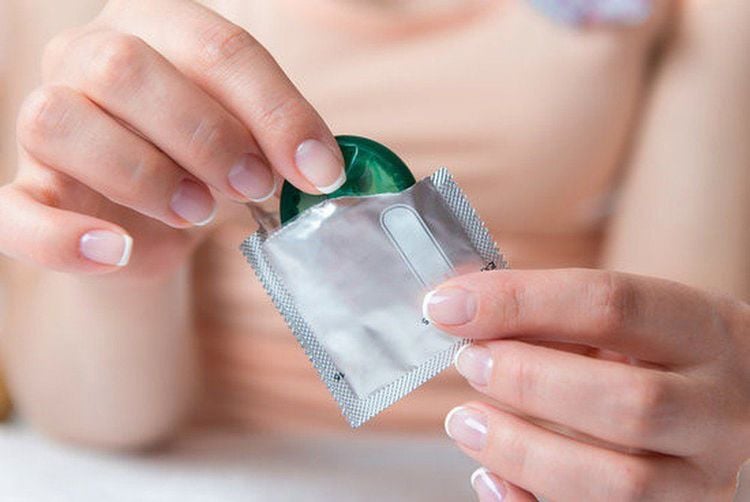
Please dial HOTLINE for more information or register for an appointment HERE. Download MyVinmec app to make appointments faster and to manage your bookings easily.






